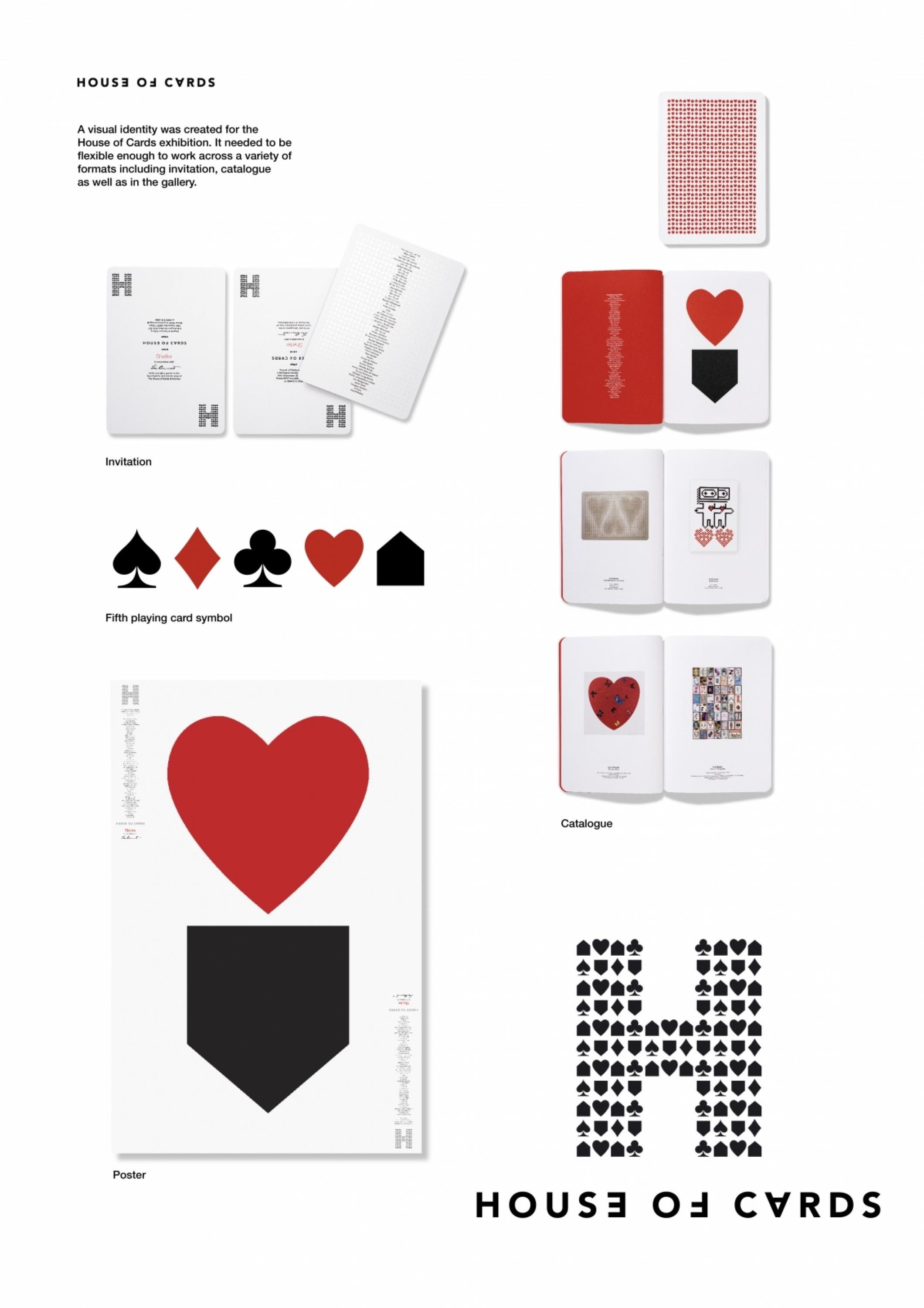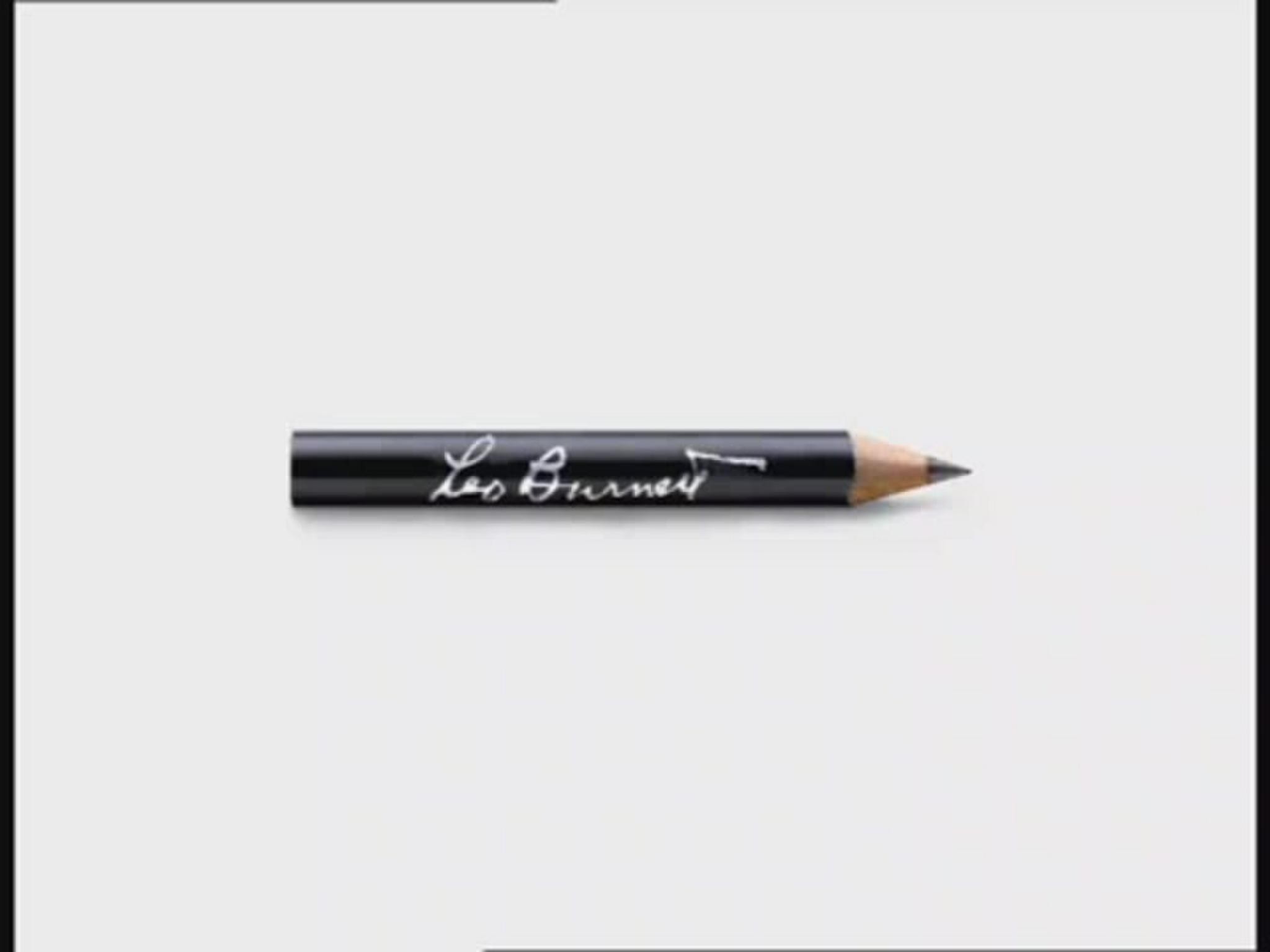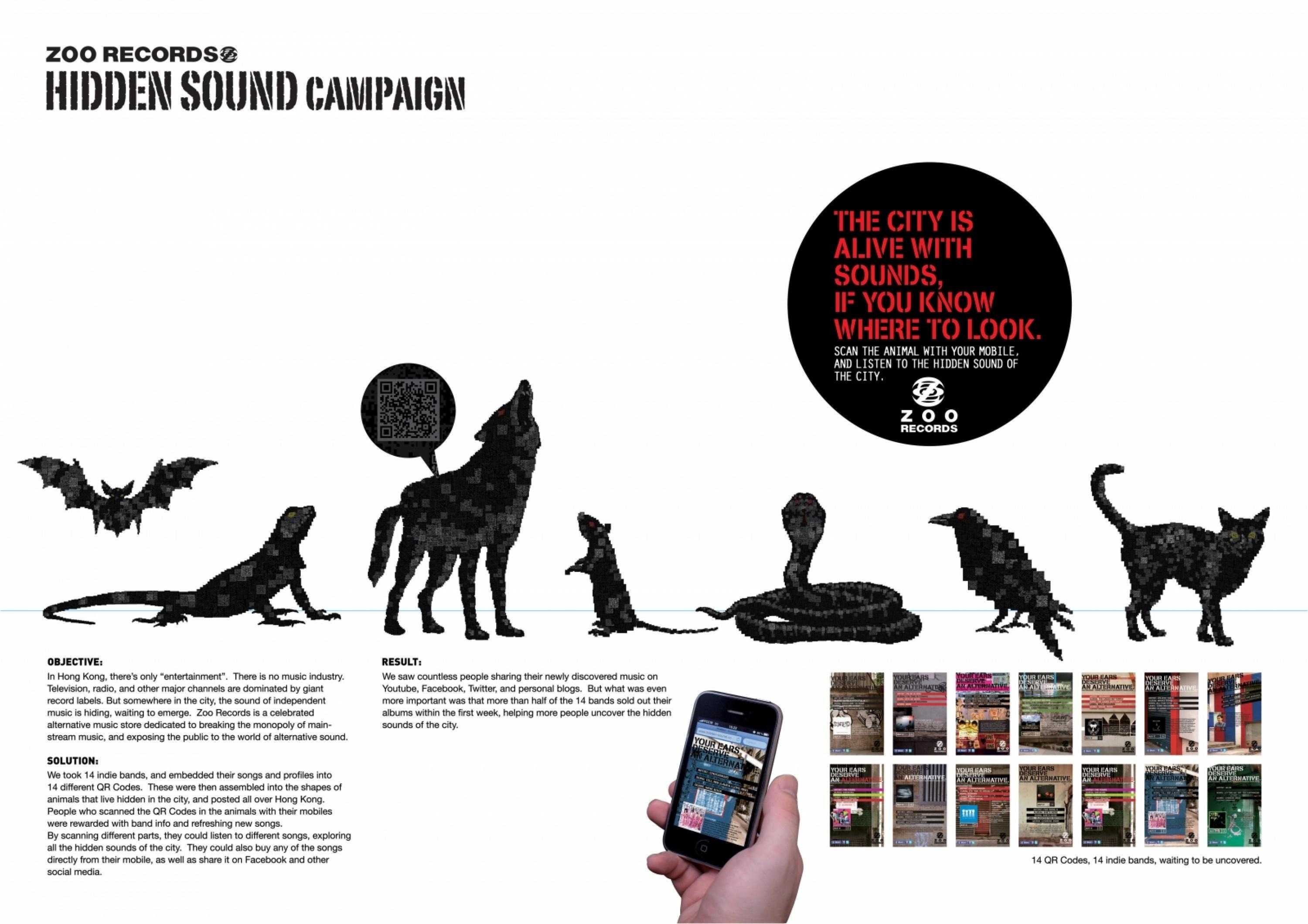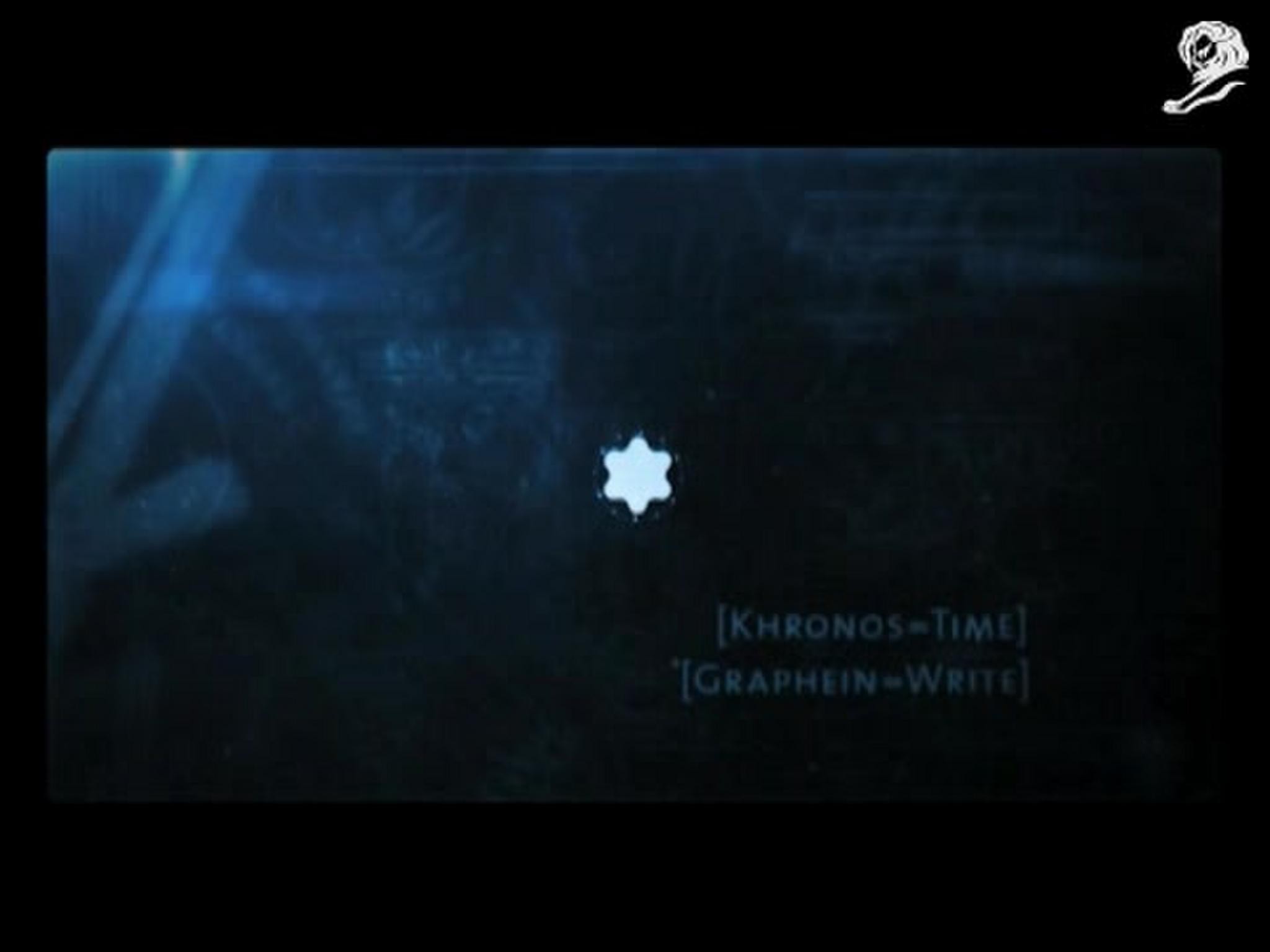Media > Culture & Context
MOM'S BED
LEO BURNETT, Seoul / MCDONALD'S / 2024
Awards:



Overview
Credits
Overview
Why is this work relevant for Media?
It primarily leverages ubiquitous city benches as a unique form of media to amplify its message and reach a wider audience. By repurposing Seoul City's benches to resemble cramped caregiver beds and strategically placing them in high-traffic locations, the campaign effectively communicates the challenges faced by mothers in hospitals. The benches serve as visual representations of the campaign's message, sparking conversations and raising awareness about the social issue.
Background
The RMHC House is a homelike facility provided by Ronald McDonald House Charities, located right next door to hospitals, where families with sick children can stay like home during the hospitalization. In South Korea, there is only one RMHC House in Yangsan, 388 kilometers away from Seoul, despite most children's medical centers being situated in the capital city. A new RMHC House is desperately needed in Seoul.
McDonald’s has been a longstanding partner of Ronald McDonald House Charity. McDonald's aimed to create a campaign to illuminate these overlooked hardships and underscore the urgent need for Korea’s 2nd RMHC House.
Please provide any cultural context that would help the jury understand any cultural, national or regional nuances applicable to this work e.g. local legislation, cultural norms, a national holiday or religious festival that may have a particular meaning.
In South Korea, when a child is hospitalized, parents or legal guardians are obligated by law to stay with their child in the hospital room throughout the hospitalization. If they don’t, they will be refused hospitalization. This leaves thousands of mothers with no choice but to live in cramped and uncomfortable conditions on 160 x 60cm caregiver beds underneath the hospital beds. This unique caregiving culture is often taken for granted by Korean society, and the struggles faced by mothers with sick children often go unnoticed.
Describe the creative idea / insights
We transformed dozens of ubiquitous city benches into visual representations of tiny caregiver beds. To repurpose Seoul City's common benches, closely resembling the confined dimensions of caregiver beds, we marked universal bed size guidelines around the benches to match the dimensions of king, queen, double, and even a single-size bed, creating a compelling visual representation of the challenging living conditions faced by thousands of Korean mothers in hospitals. To shed light on the country’s unique caregiving culture and the overlooked hardships faced by parents, each Mom’s Bed installation was designed to awaken people to the confined dimensions of caregiver beds, eliciting empathy and prompting meaningful responses.
Describe the strategy
City benches were perfect media to mirror the size of the caregiver beds and to inspire the public to lay down to experience the cramped condition. Scattered across the city, dozens of Mom's Beds installation aimed to provide individuals with the opportunity to lay down on them, allowing for a firsthand experience of the cramped conditions akin to those faced by mothers in hospital caregiver beds.
It was important not only to encourage the public to lie down and experience firsthand the caregiver bed but to make them realize the urgent need for an RMHC House in Seoul and inspire donations. Each bed featured QR codes linking to genuine hospital stories of mothers in hospitals with a call-to-action, directing viewers to donate on HappyBean for Seoul's first RMHC House.
Describe the execution
To raise awareness widely on the issue, we transformed benches into Mom's Beds in key locations such as parks and landmarks like Cheonggyecheon, frequented by over 300,000 visitors daily. Benches in front of McDonald's restaurants also served as platforms, inviting people to recline and experience the challenging conditions. The initiative also expanded to a large-scale installation in Starfield Goyang, one of major shopping malls in Seoul area. In Starfield, we displayed 21 beds, each with the real names of families, conveying the genuine stories of 8 families with sick children. By using a 16-meter-tall media tower and 78-meter-long panorama screens, we also demonstrated how many parents spend years in hospitals, enduring a life confined to beds as small as 160x60cm.
The overall initiative aimed to allow people to lie down, share them on social media, and relate to the need for an RMHC House while also making donations through QR.
List the results
The Mom’s Beds resonated widely, with an estimated reach of over 377 million. The campaign resulted in an unprecedented $300K+ in donations, with 1,827 people signing up to become yearly donors through one-time fundraising broadcast alone. YouTube channels covered the campaign, introducing RMHC to their subscribers and emphasizing the need for a RMHC House in Seoul. The campaign also garnered extensive media coverage with over 50 media outlets covering the campaign and underscoring the imperative for an RMHC House. Thousands of people, including influencers, actively supported the cause by lying down on symbolic beds and sharing their experiences on social media.
The significant surge in support finally led to Seoul City’s approval for a new RMHC House site through an engagement of Seoul National University Hospital, situated next to Seoul's largest children's hospital. Beyond raising awareness, the campaign mobilized tangible support, exemplifying its effectiveness in addressing the critical needs.
Please tell us about the cultural insight that inspired the work.
The work was inspired by a unique aspect of South Korean caregiving culture, where parents or guardians are legally required to always remain with their hospitalized child. This results in thousands of mothers enduring cramped and uncomfortable conditions on caregiver beds as small as 160 x 60cm beneath hospital beds. The struggles faced by these mothers often go unnoticed by society. The campaign aimed to highlight this overlooked aspect of Korean caregiving culture and prompt meaningful responses by creating visual representations of the challenging living conditions experienced by these mothers in hospitals. We transformed common city benches in Seoul into visual representations of caregiver beds and utilized them as a medium to draw attention to the realities faced by mothers, as well as to encourage donations for the new RMHC House in Seoul.
More Entries from LEO BURNETT
24 items



















